7 dangerous lies you’ve probably been told about translation and localization — and the truths you need to know:
1. “Anyone who speaks two languages can translate.”
The Lie: Fluency equals expertise.
The Truth: Professional translation requires more than language fluency — it demands cultural insight, subject matter expertise, and precise writing skills. A bilingual friend might think they can translate, but without proper training, nuance and accuracy often get lost.
2. “Machine translation is good enough.”
The Lie: Google Translate and AI tools can replace human translators.
The Truth: While AI has improved, machine translation still struggles with idioms, tone, context, and brand voice — especially in marketing, legal, or medical content. Human review is essential to avoid embarrassing or costly mistakes.
3. “One translation works for all countries that speak the same language.”
The Lie: Spanish is Spanish, Arabic is Arabic — right?
The Truth: Language varies by region — from vocabulary to cultural references. A translation for Mexico may not resonate in Spain. Proper localization adapts content for each market’s unique linguistic and cultural context.
4. “Localization is just translation.”
The Lie: Localization is just swapping out the words.
The Truth: Localization goes beyond words. It includes images, colours, units of measurement, humor, formatting, and even legal compliance — all tailored to the target culture. It’s what makes your content feel native.
5. “Translators don’t need to understand the subject.”
The Lie: Any translator can handle any text.
The Truth: Legal, medical, technical, or marketing content requires subject-matter expertise. A medical text translated by someone unfamiliar with healthcare terminology can lead to dangerous errors.
6. “It’s not worth the investment.”
The Lie: Translation is a cost, not a value-add.
The Truth: Poor translation damages your brand and trust. High-quality localization expands your market, builds loyalty, and drives sales. It’s an investment in your global reputation and success.
7. “Once translated, you’re done.”
The Lie: Translate it once and forget it.
The Truth: Language evolves. So do your products and markets. Translation and localization need ongoing updates, testing, and quality control to stay relevant and effective.
Bottom Line:
Cutting corners on translation and localization may seem efficient, but it can cost you customers, credibility, and compliance. Quality, culturally aware communication is your bridge to global success.
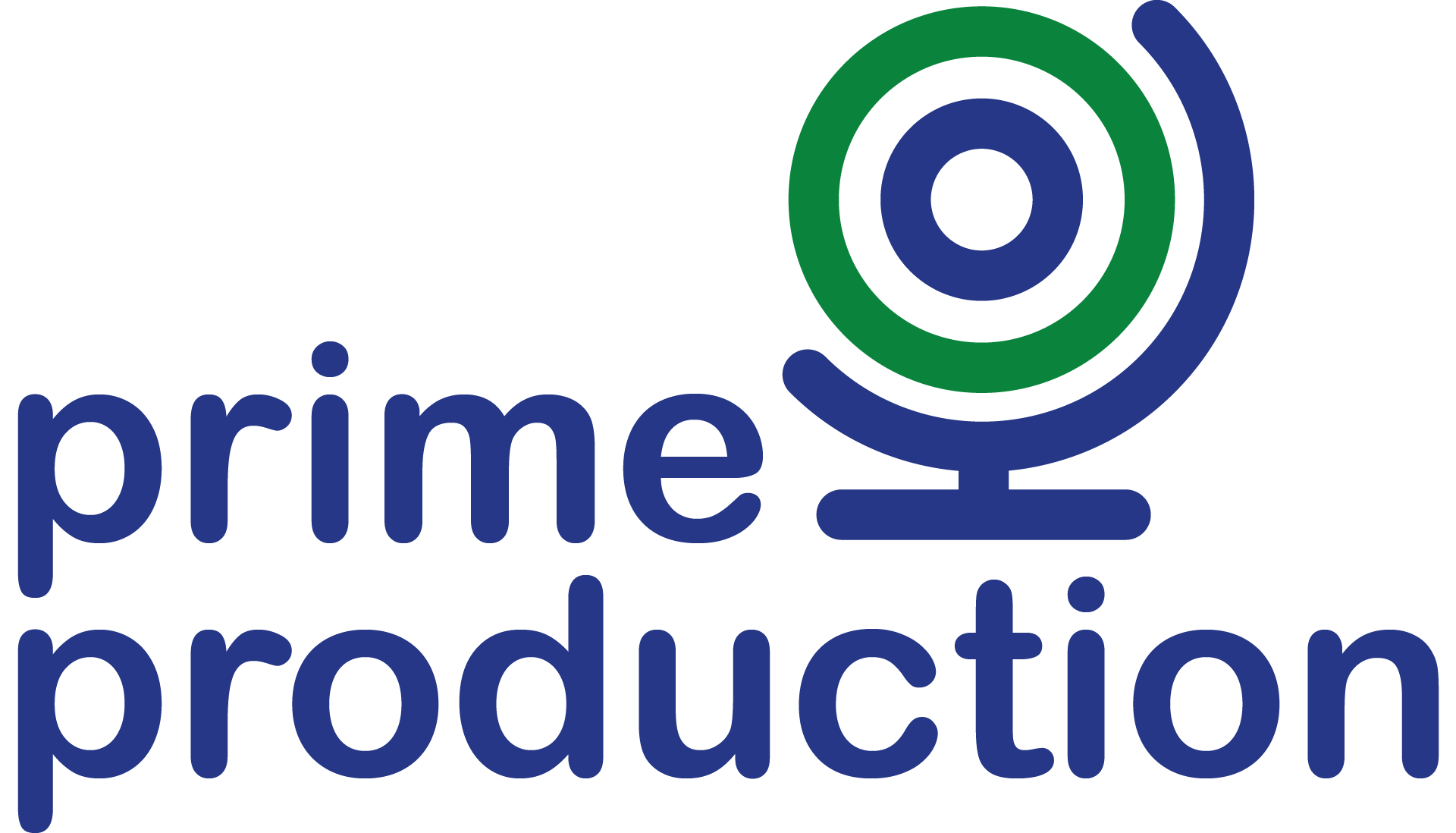
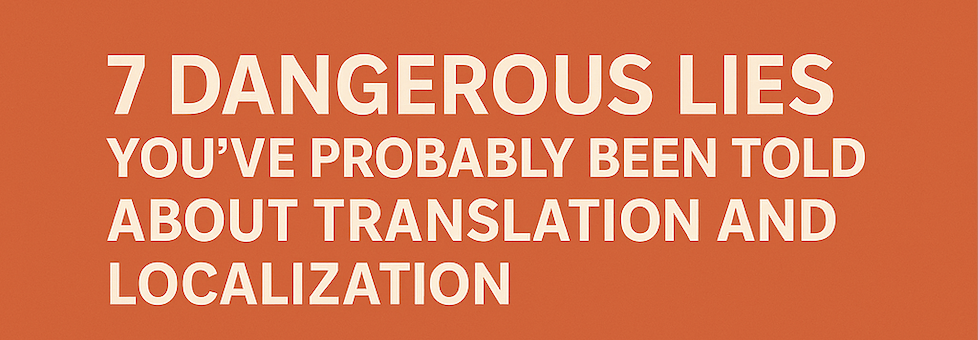
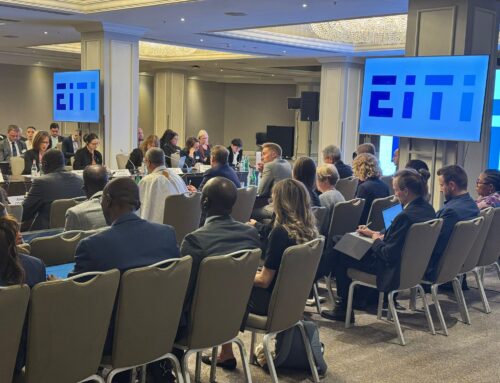
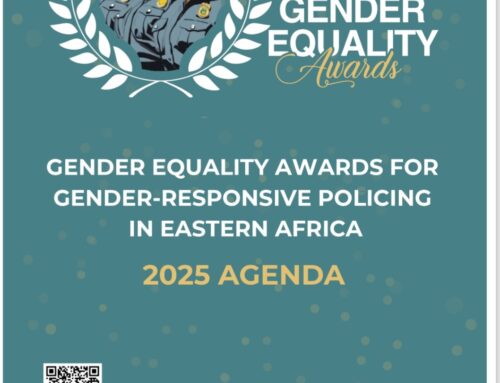







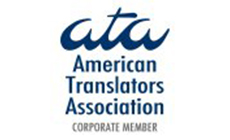
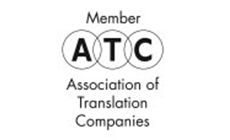
Leave A Comment